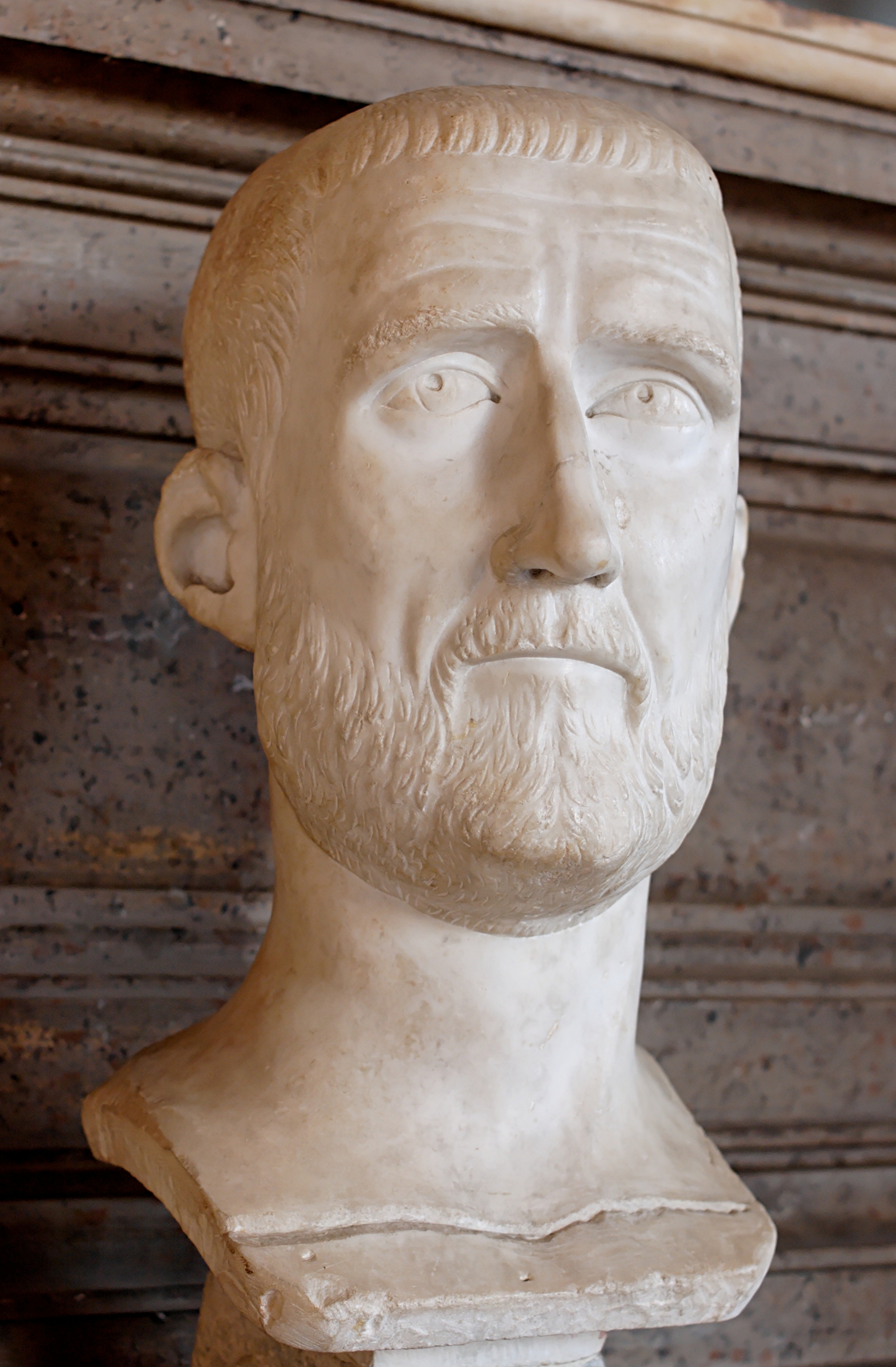|
Museum In Loznica
#REDIRECT Jadar Museum The Jadar Museum ( sr-Cyrl, Музеј Јадра) is a history museum located in Loznica, Serbia. It has a permanent collection dedicated to man's activities in the area of Podrinje from prehistory until 1950. The museum is housed in the Old Pha ... Museum in Loznica Museums in Serbia Museum in Loznica Museums established in 1987 Museum in Loznica ... [...More Info...] [...Related Items...] OR: [Wikipedia] [Google] [Baidu] |
Jadar Museum
The Jadar Museum ( sr-Cyrl, Музеј Јадра) is a history museum located in Loznica, Serbia. It has a permanent collection dedicated to man's activities in the area of Podrinje from prehistory until 1950. The museum is housed in the Old Pharmacy Building, which is the cultural monument of great importance. History The decision to create the museum was taken in 1984 by the Municipal assembly of Loznica, which decided on the building of "Old Pharmacy" to make it the city museum. The museum was opened on 14 September 1987 with a ceremony honoring two centuries of Vuk Stefanović Karadžić. Exposition Jadar Museum has a permanent collection dedicated to man's activities in the area of Loznica of prehistory until 1950. The setting is enriched with years and now has 171 archaeological objects, 410 ethnological, historical 516, 195 numismatic and more than 1500 documents and photos. In addition to the permanent exhibition at the ''Jadar Museum'' occasionally displayed tempor ... [...More Info...] [...Related Items...] OR: [Wikipedia] [Google] [Baidu] |
Loznica
Loznica ( sr-cyrl, Лозница, ) is a List of cities in Serbia, city located in the Mačva District of western Serbia. It lies on the right bank of the Drina river. In 2011 the city had a total population of 19,572, while the administrative area had a population of 79,327. Its name stems from the word "loza" (the Serbian language, Serbian word for ''vine''). Originally, its name was ''Lozica'' (Serbian language, Serbian for ''small vine''), but it later became ''Loznica''. History The oldest settlements on the territory of Jadar and Loznica can be traced to the Neolithic period when the Starčevo culture flourished from 4500–3000 BC. Illyrian tribes, Illyrian and Celtic tribes inhabited the region prior to the Roman Empire, Roman conquest in 75 BC. Roman conquest of the Balkan peninsula brought huge changes: the territory became part of the Roman province of Dalmatia. The most important settlement in Jadar was ''Genzis'', located near Lešnica, Serbia, Lešnica, while the ... [...More Info...] [...Related Items...] OR: [Wikipedia] [Google] [Baidu] |
Museums In Serbia
A museum ( ; plural museums or, rarely, musea) is a building or institution that cares for and displays a collection of artifacts and other objects of artistic, cultural, historical, or scientific importance. Many public museums make these items available for public viewing through exhibits that may be permanent or temporary. The largest museums are located in major cities throughout the world, while thousands of local museums exist in smaller cities, towns, and rural areas. Museums have varying aims, ranging from the conservation and documentation of their collection, serving researchers and specialists, to catering to the general public. The goal of serving researchers is not only scientific, but intended to serve the general public. There are many types of museums, including art museums, natural history museums, science museums, war museums, and children's museums. According to the International Council of Museums (ICOM), there are more than 55,000 museums in 202 count ... [...More Info...] [...Related Items...] OR: [Wikipedia] [Google] [Baidu] |
Archaeological Sites In Serbia
Archaeology or archeology is the scientific study of human activity through the recovery and analysis of material culture. The archaeological record consists of artifacts, architecture, biofacts or ecofacts, sites, and cultural landscapes. Archaeology can be considered both a social science and a branch of the humanities. It is usually considered an independent academic discipline, but may also be classified as part of anthropology (in North America – the four-field approach), history or geography. Archaeologists study human prehistory and history, from the development of the first stone tools at Lomekwi in East Africa 3.3 million years ago up until recent decades. Archaeology is distinct from palaeontology, which is the study of fossil remains. Archaeology is particularly important for learning about prehistoric societies, for which, by definition, there are no written records. Prehistory includes over 99% of the human past, from the Paleolithic until the advent o ... [...More Info...] [...Related Items...] OR: [Wikipedia] [Google] [Baidu] |
Museums Established In 1987
A museum ( ; plural museums or, rarely, musea) is a building or institution that cares for and displays a collection of artifacts and other objects of artistic, cultural, historical, or scientific importance. Many public museums make these items available for public viewing through exhibits that may be permanent or temporary. The largest museums are located in major cities throughout the world, while thousands of local museums exist in smaller cities, towns, and rural areas. Museums have varying aims, ranging from the conservation and documentation of their collection, serving researchers and specialists, to catering to the general public. The goal of serving researchers is not only scientific, but intended to serve the general public. There are many types of museums, including art museums, natural history museums, science museums, war museums, and children's museums. According to the International Council of Museums (ICOM), there are more than 55,000 museums in 202 countries ... [...More Info...] [...Related Items...] OR: [Wikipedia] [Google] [Baidu] |


.jpg)